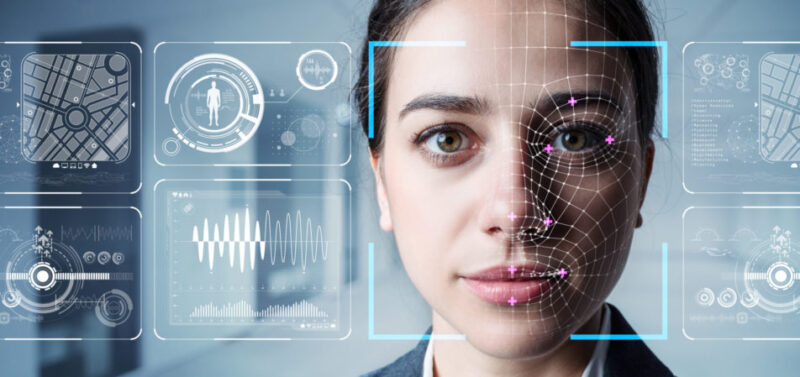TSA Plans to Expand Facial Recognition Technology at US Airports

The Transportation Security Administration is reportedly planning to expand its facial recognition identification system to airports around the United States next year.
According to The Washington Post, the technology cross references live photos of travelers at the airport with images on their driver’s license or state identification card to positively identify the person.
The identification system—dubbed Credential Authentication Technology with Camera (CAT-2)—was first implemented at Ronald Reagan Washington National Airport near Washington D.C. and expanded to 16 domestic airports across the U.S., including facilities in Dallas, Los Angeles and Orlando.
“This technology is definitely a security enhancement,” TSA official Jason Lim told The Washington Post. “We are so far very satisfied with the performance of the machine’s ability to conduct facial recognition accurately.”
To use the facial recognition technology, travelers entering airports equipped with the system will step up to the machine, insert their identification cards and scan their faces. The device will confirm that the person being examined is the same on the ID card, possibly eliminating the need for a TSA agent to check each traveler’s identification manually.
While the technology is being implemented at airports to speed up the screening process, it is an optional system. Travelers concerned about their information being stored or their data being leaked can choose the standard TSA screening process instead.
“None of this facial recognition technology is mandated,” Lim continued. “Those who do not feel comfortable will still have to present their ID, but they can tell the officer that they do not want their photo taken, and the officer will turn off the live camera.”
Earlier this year, Delta Air Lines launched the first-ever PARALLEL REALITY beta test for travelers, which allowed up to 100 customers to simultaneously see personalized content tailored to their journey on a single digital screen.
Travelers who opted into the experience saw customized flight and wayfinding information, with each viewer getting a personalized experience, even as they stand next to dozens of other travelers experiencing their own customized content.
